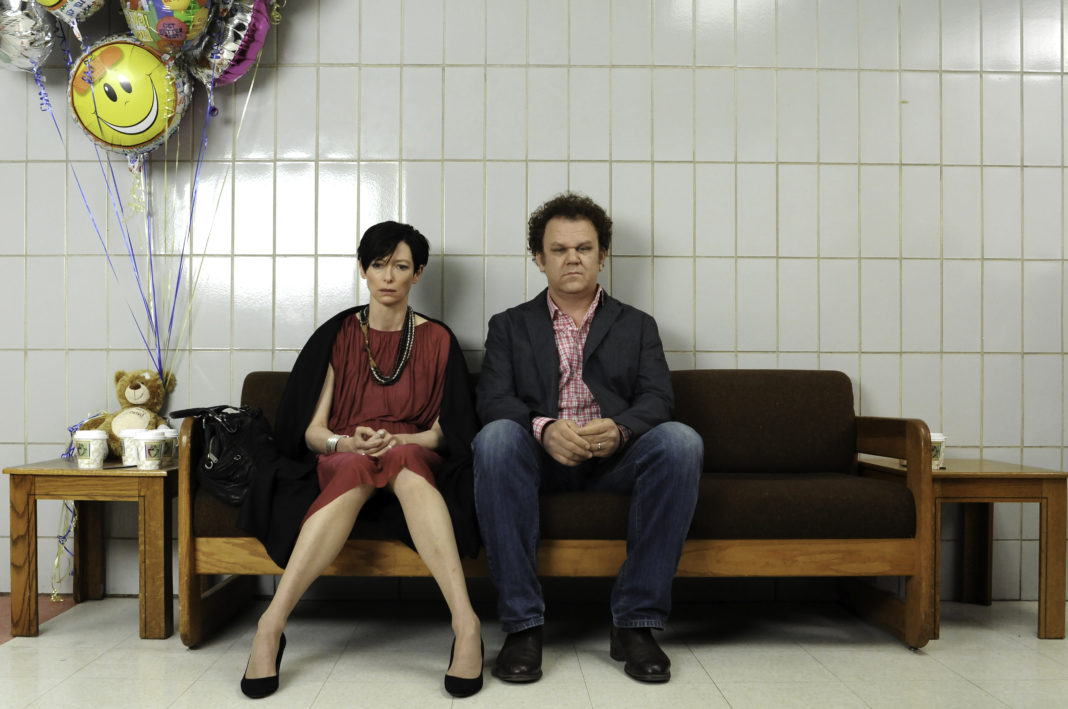This fall, Portland State and the six other schools within the Oregon University System are experiencing record enrollment numbers—totaling around 92,000—despite major state budget cuts in the past year.
Record amount of students attend OUS schools
This fall, Portland State and the six other schools within the Oregon University System are experiencing record enrollment numbers—totaling around 92,000—despite major state budget cuts in the past year.
As of last Friday, there were 25,213 students enrolled in courses at PSU, a roughly 2.5 percent increase from last fall’s numbers (which totaled 24,580), according to PSU’s Office of Institutional Research and Planning. Precise numbers will not be available until the end of next week, as students are still making adjustments to their schedules.
Diane Saunders, director of communications at the OUS, said that the current economic recession plays a factor in the recent enrollment trend.
“Generally, during a recession you do see a lot of increases in enrollment in community colleges and graduate programs, and some increases in enrollment of undergraduates,” she said.
In addition, in the past few years the OUS and several community colleges have worked to implement transfer programs, which make it easier for students to transfer credits to a four-year university. Community colleges have also begun using common course numberings to make the process easier.
“We actually saw the same number of transfer students last fall as we did new freshmen,” Saunders said.
At PSU, people are noticing the growth—especially in the classrooms. This fall, there are 145 students in Adjunct Professor Catherine Palmer’s Biology 101 class, which is a higher number than last year.
“It’s just like any class, but there’s a few more people,” said freshman Jordan Walters. “I only know one other person.”
Though the OUS expects the enrollment influx to continue, none of its universities are implementing admissions caps, unlike other states such as California. However, at PSU admissions standards are not as lax as they were in the past. For instance, all students must have a minimum 3.0 GPA to be admitted. Before, if students didn’t meet this requirement the university would consider test scores and letters of recommendation, according to Chris Hart, the lead public service representative in the Office of Admissions.
“We’re a public access school, so we admit strictly off academics,” Hart said.
Southern Oregon University has experienced a nearly
20 percent increase in the enrollment of freshmen and transfer students, according to Mark Bottorff, the campus’ director of admissions. At the University of Oregon, enrollment has increased by 2 percent. Whereas last year’s undergraduate student body was 22,380, it is now at approximately 22,800. Like PSU, U of O is becoming more selective in its admissions process.
“We dialed things back in the last few years, after a big increase in applications in 2008,” said Brian Henley, U of O’s associate director of admissions. “We want to make sure to get to our target growth without unnecessary strain on our faculty.”
U of O’s current target is to enroll 29,000 students.
Despite increasing enrollment demands, the OUS is still coping with the loss of state support. At its September meeting, the Oregon State Higher Board of Higher Education approved a $20.6 million cut to OUS’ annual operating budget for the 2010–11 academic year. This is in addition to the $31.6 million budget cut that was approved in June.
However, the OUS is still adhering to its mission of making higher education accessible.
“The university system tries to maintain a level of affordability by keeping tuition increases at the lowest possible level and providing additional financial aid,” Saunders said.
According to Saunders, some of the OUS campuses have been able to put more money into special scholarship funds. For example, Oregon State University has the Bridge to Success Program, a financial aid initiative that allows a small percentage of its low-income students to attend free of charge. U of O has a similar program—known as PathwayOregon—that is a combination of federal, state and university funds.
“[OUS] is working really hard to try to balance any tuition increase with a subsequent increase in financial aid for those students who are most needy,” Saunders said. “We don’t want to see students dropping out because of affordability reasons.”
Saunders referred to what happened in the early 1990s when the state implemented budget cuts. Within two years, tuition increased by 40 percent, and several students were forced to drop out of college, she said.
This year, PSU experienced an 8.5 percent tuition increase, bringing the annual cost of tuition to $5,321 for resident undergraduate students.
The increased tuition revenue will help schools within the OUS hire additional faculty members and offer more course sections, “ultimately allowing students to graduate on time,” Saunders said.
However, the OUS must first get state permission before tapping into its tuition reserves. As a result, the university system will seek other funding options at the Legislative Emergency Board meeting on Dec. 14. ?



